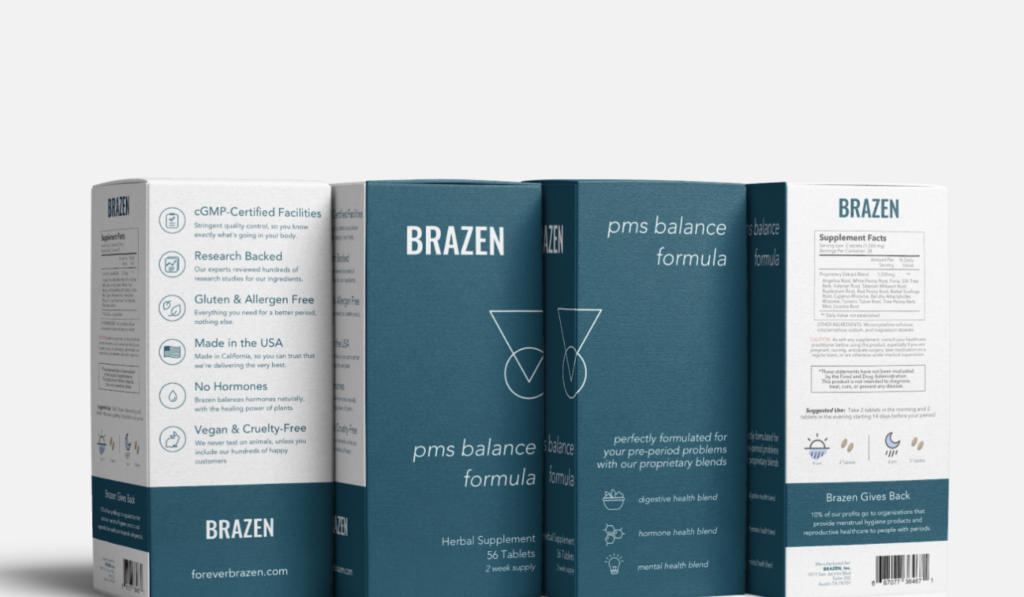How Your Menstrual Cramps May Be Impacting Your Fertility and What You Can Do About It.
You are stuck at home and your fertility treatments are on hold.
You may be feeling a bit panicked thinking time is ticking and you need to get into action asap.
This is totally normal, and it is important to know that there are things you can be doing now that can make a huge difference in your ability to get and stay pregnant. I want to encourage you to try to see this time of isolation as an opportunity you may not have taken if you weren’t forced to. An opportunity to slow down a bit more and listen to the cues your body is telling you about your period, health and fertility.
Specifically, I want to encourage you to start paying close attention to your menstrual cramping.
Did you know that menstrual cramps are highly correlated to longer times to conception (and increased risk for heart disease)?
This doesn’t mean that your cramps are the cause of your fertility issues but there are certainly studies to support that they are correlated. Cramps and many other menstrual symptoms are telling you that your body needs more attention and now is the perfect time to work on that.
Despite the fact that hardly anyone talks about their periods, more than 80% of women say they experience significant and life interrupting PMS and or menstrual pain. Now, while painful periods won’t keep you from getting pregnant, the cause of the pain is likely to be contributing to your difficulty getting pregnant.
First let’s look at the 2 types of menstrual cramps aka dysmenorrhea.
Primary and Secondary Dysmenorrhea.
Primary Dysmenorrhea can cause cramps are signs of potentially serious conditions like endometriosis, fibroids, adenomyosis, ovarian cysts and Pelvic Inflammatory Disease (PID) which are actually causes of infertility and are associated with longer times to conception.
Types of Primary Dysmenorrhea:
Endometriosis – One of the common causes of abnormal period cramps that can impact on fertility is endometriosis. This is one condition that is notorious for causing, not only bad period cramps, but also infertility. Endometriosis is the most common cause of painful menstruation and infertility. It causes the tissue that usually lines the uterus to grow outside of the uterus. Nearly half of the women with diagnosed infertility have endometriosis and those numbers are probably even higher because getting a diagnosis requires a surgery.
Fibroids – can also cause menstrual cramps. Fibroids are an abnormal masses of tissue that grow within the smooth muscle of the uterus. Fibroids can cause pain, reduce fertility outcomes, and increase the risk of miscarriage.
PID (pelvic inflammatory disease) – Infection in your reproductive organs can be another cause of cramping. PID’s can cause scar tissue that can cause pain and infertility.
Ovarian cysts – can also cause painful cramps but these fluid filled sacs on your ovaries often cause more pain around ovulation compared to menstruation.
For many, many women, they don’t have any of these conditions and they still suffer greatly from menstrual cramps. While we don’t know the exact cause of these cramps, from a Chinese Medicine perspective, we know that they are often associated with heavier, dark and clotty blood which tells us that the quality and quantity of blood you are making is likely impacting the quality of your uterine lining which could really be impacting your ability to get and stay pregnant.
Think about it like this.
These cramps are more likely a reflection of your habits, diet, mindset, exercise and supplementation needing adjustment to improve your overall health and cycle. When you have a lot of cramps, you will also typically have darker and more clotty blood.
Alert: That dark and clotty blood is what is making up your uterine lining. The place where your beautifully fertilized eggs should be implanting into. Clots are essentially dead blood and if they are covering your lining, they could be impacting implantation rates. So ideally what you want to be doing are the following things.
- Manage stress – stress impacts your hormones and causes tension all over your body–including your uterine and femoral arteries which may contribute to cramping and clotting.
- High quality iron rich foods – In order to have a healthy period, and optimal fertility, you have to be able to make high quality blood. Food is your primary source for the quality of blood that you can make so be sure to be choosy. Local, seasonal and organic veggies and animal products make the best choices.
- Use Brazen’s Proven Cramp Support formula to reduce the clotting, cramping and eliminate the old blood to make room for a healthy and fertile lining.
The takeaway is simple.
Your cycle is a barometer of your health and fertility. By looking at each aspect of your cycle, you can get valuable insights about some of the issues that may be impacting your fertility (and get to work on fixing them). Your cramps can tell you so much and make an excellent place to start on your journey to better periods and fertility.
 About Kirsten Karchmer
About Kirsten Karchmer
Kirsten Karchmer, is a health tech pioneer, women’s health expert, and is the founder and CEO Brazen – a Women’s Health company dedicated to ending menstrual misery. She spent 20 years helping improve the fertility and cycles of over 10,000 women..
Kirsten has presented at SXSW, Health 2.0, Fertility PlanIt, and lectures internationally on infertility, PCOS, endometriosis, women’s health, the future of integrative medicine, and using technology to better serve patients, providers, and healthcare systems. Kirsten has been recognized as one of the top female start-up founders to watch, the recipient of the Texas Trailblazer award for innovation in health care, and is a contributor to Huffington Post, MindBodyGreen, and Goop Magazine. She is also the author of the new book Seeing Red.






